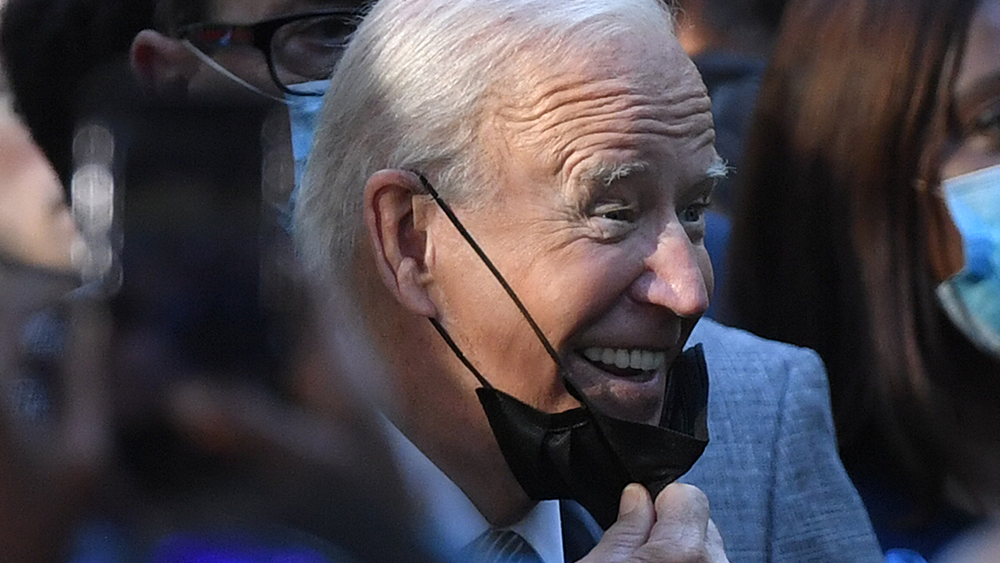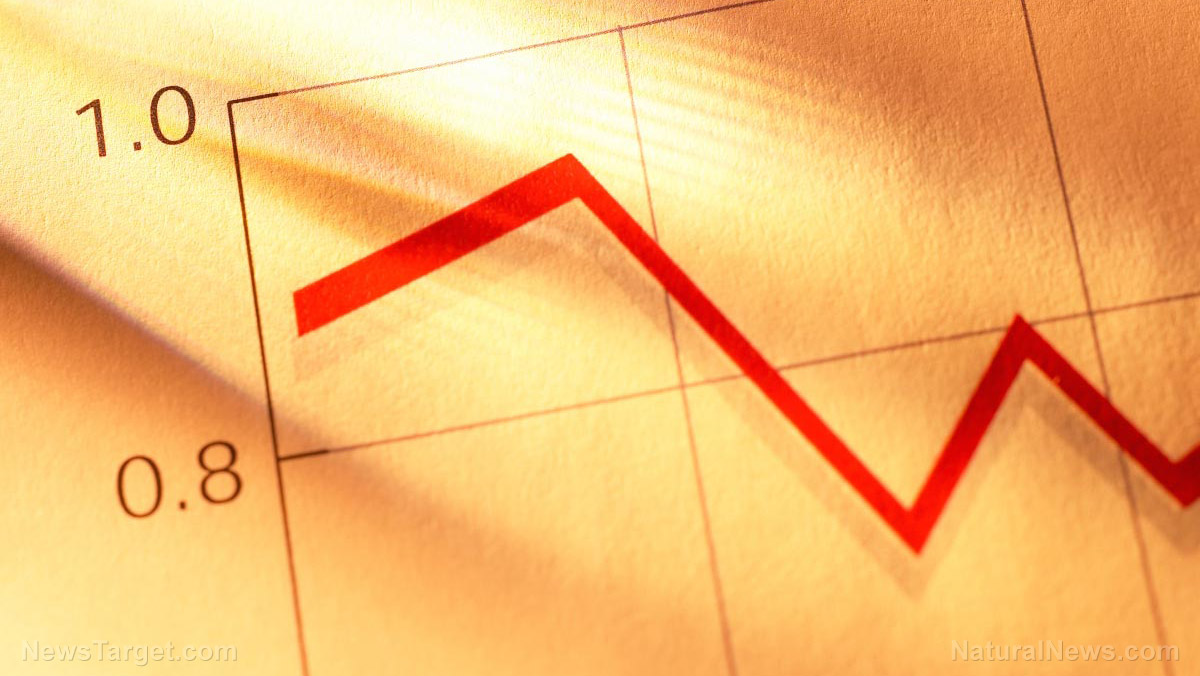Meat prices surge by 10.5% as supply chain issues hit meat industry hard
10/19/2021 / By Arsenio Toledo

Food prices have been on the rise in recent months due to the supply chain crisis currently gripping the United States. This has affected meat goods the most, with the latest consumer price index showing meat prices have risen by 10.5 percent since last year.
This is according to the latest data from the Bureau of Labor Statistics. The bureau’s data shows that food prices climbed 4.5 percent last month, with the meat sector leading the way in price surges. (Related: Supply chain issues, soaring food prices wreak havoc on US economy #EmptyShelvesJoe.)
Compounding supply chain issues affecting amount of meat in the market
Multiple factors related to the supply chain crisis are causing these inflated prices. Some of these issues have been present since the early days of the Wuhan coronavirus (COVID-19) pandemic in America.
During the first few months of the pandemic, many meat manufacturing plants have ceased their operations at least temporarily due to COVID-19 lockdowns. Nathan Kauffman, chief agriculture economist for the Federal Reserve Bank of Kansas City, points out that these shutdowns caused significant bottlenecks in meatpacking and distribution.
The sudden strain these lockdowns placed on supply chains reverberates to the present day. One of the most prevalent concerns is the enduring labor shortage. Every level of the supply chain – from farms and meatpacking plants to delivery drivers – is affected by a severe shortage in manpower.
“Some businesses are only positioned to be able to deliver so much of the goods or services that are ultimately being demanded right now,” says Kauffman.
The increased demand for meat is affecting meat reserves. According to the American Farm Bureau Federation, a lobbying group representing the agriculture industry, stocks of frozen beef and pork are lower than they were in 2020. Furthermore, the level of frozen meat has significantly depressed compared to levels seen between 2017 and 2019.
“Generally speaking, depleted inventories have been something that has been driving bottlenecks,” says Kauffman.
Supply chain crisis to last far longer than normal
Under normal circumstances, food price increases are brought on by weather-related events like droughts and other phenomena that pass after a while. These events cause ripple effects on meat prices that usually last a year or two.
But the length of this period of inflation is a cause for concern, as it shows that this isn’t just another normal spike in food prices that will disappear soon.
“We do have to keep in mind some of the other constraints,” says Kauffman, adding that the situation will not stabilize until some time next year.
Kauffman further points out that, unlike normal price spikes, this isn’t caused by just one thing. The supply chain crisis is caused by multiple compounding factors, with labor shortages being one of the big areas of concern.
Before the pandemic, only a small number of large businesses have had the manpower to provide significant amounts of meat products to the market. Even those businesses are experiencing severe shortages in manpower.
The labor shortages are causing supply chain disruptions and delays that are not going away any time soon.
Rober Khachatryan, CEO of Freight Right Global Logistics, points out that many ships – some containing essential meat supplies – have been delayed by as much as four weeks in America’s ports.
“If imports were to stop completely it would probably take six to 10 weeks to completely clean up the backlog,” says Khachatryan.
Learn more about how the supply chain crisis is affecting the price and quantity of food in groceries by reading the latest articles at FoodSupply.news.
Sources include:
Tagged Under: big government, Bubble, Collapse, coronavirus, covid-19, crisis, economy, food collapse, food costs, food inflation, food prices, food supply, grocery, Inflation, market crash, meat, meat prices, pandemic, supply chain, supply chain crisis
RECENT NEWS & ARTICLES
COPYRIGHT © 2017 MARKET CRASH NEWS

















